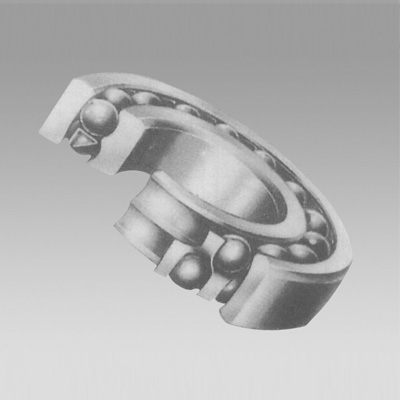
Nov . 29, 2024 19:01 Back to list
Design and Application of Large Tapered Roller Bearings in Industrial Machinery
Understanding Large Tapered Roller Bearings Design, Function, and Applications
Large tapered roller bearings are critical components in many heavy-duty machinery applications, playing a vital role in supporting axial and radial loads. Their design and functionality allow them to withstand significant forces while maintaining precise alignment and smooth operation. This article explores the characteristics, design principles, applications, and advantages of large tapered roller bearings.
Design Features
Large tapered roller bearings are designed with tapered rolling elements that allow them to accommodate both radial and axial loads. The design consists of a cone (inner race) and a cup (outer race), along with multiple tapered rollers that are oriented in a way to optimize load distribution. The taper angle of the rollers promotes efficient load transfer, minimizes stress concentration, and enhances performance under extreme conditions.
One of the most prominent features of these bearings is their ability to handle heavy loads. Large tapered roller bearings can be manufactured in various sizes and with varying numbers of rolling elements, enabling them to suit specific application requirements. Moreover, the contact geometry between the rolling elements and the races improves as the load increases, leading to better distribution of pressure and reduced wear.
Functionality
The primary function of large tapered roller bearings is to support rotating shafts while resisting loads from multiple directions. Unlike spherical bearings, which accommodate only radial loads, tapered roller bearings are designed to bear both axial and radial loads simultaneously. This dual functionality makes them ideal for applications in which the direction and magnitude of loads can change frequently.
The contact surface between the rollers and the races is crucial for the operation of these bearings. Proper lubrication is essential to minimize friction and wear, allowing the bearings to function effectively under load. Large tapered roller bearings are often equipped with seals or shields to retain lubrication and protect against contaminants, enhancing their longevity and reliability.
Applications
Large tapered roller bearings are widely utilized in various industries, including
large tapered roller bearings

1. Construction Machinery Equipment such as excavators, loaders, and cranes make extensive use of large tapered roller bearings due to their ability to handle heavy loads and harsh conditions.
2. Mining Equipment In the mining industry, these bearings are employed in conveyors, crushers, and other critical machinery that demand durability and strength.
4. Wind Turbines The heavy loads and dynamic conditions in wind turbine gearboxes necessitate the use of large tapered roller bearings to ensure operational efficiency and reliability.
5. Automotive Industry In heavy-duty trucks and buses, these bearings are used in wheel hubs and transmissions, where managing load and enhancing performance is crucial.
Advantages
The advantages of large tapered roller bearings are manifold. First, their ability to support heavy loads and withstand high speeds makes them essential in demanding environments. Second, the inherent design properties reduce wear and tear, leading to extended service life and reduced maintenance costs. Additionally, the versatility in design allows for customization to meet specific operational requirements, thereby optimizing performance in a wide variety of applications.
Furthermore, using large tapered roller bearings can lead to significant energy savings. The decrease in friction as a result of effective lubrication means less energy is required to maintain operation, contributing to overall efficiency in machinery.
Conclusion
In conclusion, large tapered roller bearings are indispensable in many heavy machinery applications, providing exceptional load-carrying capacity and reliable performance. Their unique design allows for effective handling of both axial and radial loads, making them a preferred choice across diverse industries. As technology advances, the design and materials used in larger tapered roller bearings continue to evolve, promising improved efficiency and longer service life, thus reinforcing their importance in modern engineering and manufacturing systems.
Latest news
-
Grooved Ball Bearing Design and Functionality
NewsJun.04,2025
-
Concrete Mixer Bearing Load Capacity Testing
NewsJun.04,2025
-
6004 Bearing Dimensions in Robotic Joint Designs
NewsJun.04,2025
-
Advantages of Single-Row Deep Groove Ball Bearings
NewsJun.04,2025
-
Applications of Deep Groove Ball Bearings in Automotive Systems
NewsJun.04,2025
-
Innovations in Bearing Pressing Machine Design
NewsJun.04,2025
